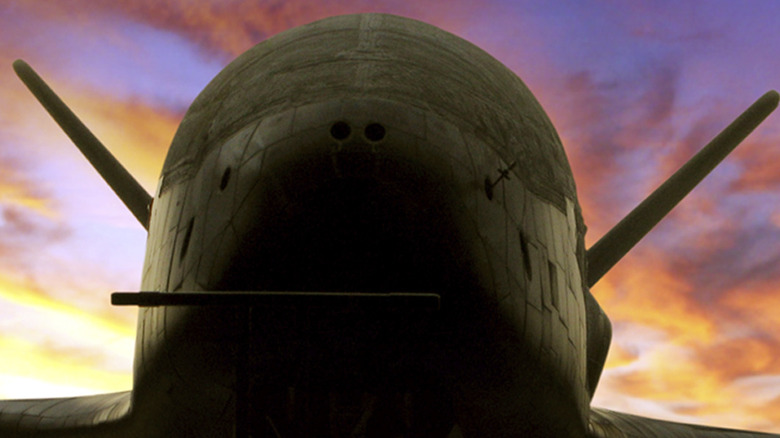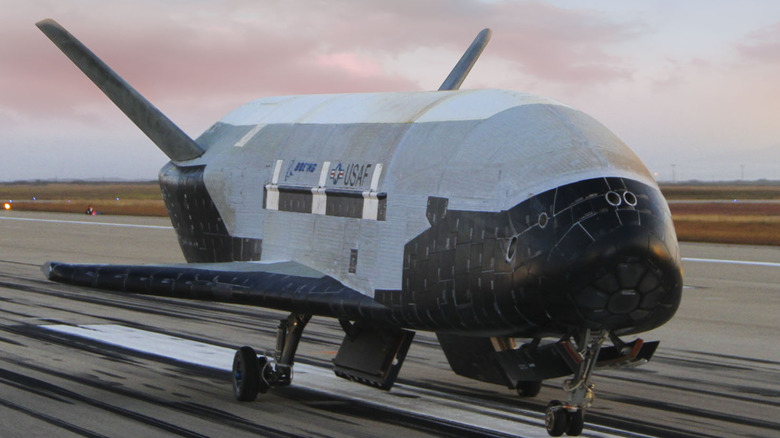The X-37B: The Secretive Spaceplane That Spent A Combined 10 Years In Orbit
Reusable launch vehicles — deployed to move people and cargo into low Earth orbit — are somewhat commonplace today, with private companies like SpaceX and Blue Origin frequently making headlines for their successes in the field. But back in the late 90s the space landscape looked a lot different. The Space Shuttle was the only game in town, at least in the United States, until 1999.
NASA — working in partnership with the Department of Defense — selected The Boeing Company to develop the X-37. This experimental spaceplane was tasked with testing new technologies running the gamut from repairing satellites to achieving complete reusability and reducing the cost of getting a payload into orbit for one-tenth of the cost.
The prototype, the X-37A, looked like a scaled-down version of the Space Shuttle. It was about the size of a school bus and featured some important distinctions not seen on the Space Shuttle. There was no cockpit, for example, meaning the X-37A was fully autonomous. It also used lighter materials and eliminated all hydraulics, according to Boeing.
Operating between 150 and 500 miles above the Earth, this spaceplane could stay in orbit for up to 270 days. But of the six flights it's made to date, five have operated longer than that. So what's the X-37 doing while it's up there for so long? Well, that's where things take a turn for the weird.
A shuttle shrouded in secrecy
While the X-37 started as a NASA program in 1999, it didn't stay that way for very long. In 2004, the program was transferred to the Defense Advanced Research Projects Agency (DARPA) so it could field the "Approach and Landing Test Vehicle (ALTV) and an Orbital Vehicle," according to Space.com. The former was finished in 2006, and while the activities surrounding the X-37 became classified. The U.S. Air Force then developed the X-37B, a similar spaceplane to DARPA's X-37A with some unspecificied design changes.
"Since the X-37B's first launch in 2010, it has shattered records and provided our nation with an unrivaled capability to rapidly test and integrate new space technologies," Jim Chilton, senior vice president at Boeing Space and Launch, said in a press release.
In 2019, the U.S. Space Force has assumed responsibility for launching, operating, and landing the X-37B, though it's still an Air Force asset.
Two X-37B spaceplanes have completed 6 missions of progressively longer durations, with the most recent remaining in orbit for 908 days before landing in November of 2022. According to Live Science, these missions have clocked about 10 years' worth of time in orbit and traveled about 1.3 billion miles. While some onboard scientific experiments have been revealed, most of the X-37B's activities remain a mystery. But there's no doubt about one thing: this spaceplane is already using tomorrow's technologies.

